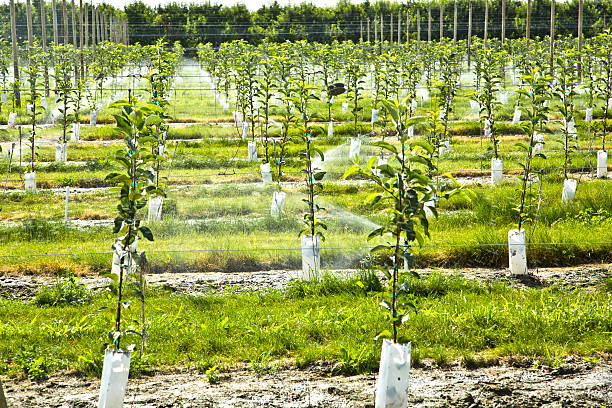Clearing up the confusion of tropical logging (part 1)
By
Sophia Christou,
03/30/17
There is a lot of misunderstanding when it comes to the use of wood products. By using timber, are you single-handedly supporting the deforestation of the world's exotic rainforests? One might come to the conclusion that using forest products is not eco-friendly, but this is not the case. There are many ways that using forest products is actually benefitting the environment in ways you may never have known. Our goal is to help explain some misconceptions regarding rainforest logging, and to help consumers make educated decisions regarding their use of tropical lumber products.
One common misconception is the idea that the forest products sector is the main cause of deforestation in our natural forests. Most products you get today are felled from plantation forests, which are created for the sole purpose of producing timber, pulp and paper, or other forest products. These plantations are intensively and sustainably managed, meaning that when one harvest takes place, it is replaced by more trees. Even products that come from natural tropical forests, such as Batu wood, are sustainable sourced. Having plantations adds value to the land in a more efficient, sustainable, and environmentally friendly way than other land uses such as agriculture.

Another fallacy regarding forestry practices is the way that trees are felled in rainforests. Tropical logging, like the logging of
Angelim Pedra, is not clear cutting. Since the amazon is so heterogeneous in its species composition, only a small percentage of the trees are of economic value. Therefore, timber extraction in these lands select and harvest only 20-200 trees per 1000 acres, versus 80-120 trees per acre in a clear cut.
There are different methods that are utilized to regenerate the forest after a tropical logging cut. One way is to leave key seed trees of species untouched, so that natural regeneration can take place on its own. Many sustainable timber harvesting companies also plant Eucalyptus, Teak, or Mahogany species in areas that have been irresponsibly clear cut in the past. These are fast growing species, that after only 5 years reach a height of 15ft.
Logging companies have a responsibility to ensure that the forest is sustainable, which is validated by third party agencies such as the Forestry Stewardship Council (FSC), and even regional external agencies such as the Malaysian Timber certificaltion Council (MTCC) in Malaysia, and Sistem Verificasi Legalitas Kayu (SVLK) in Indonesia.
Therefore,
selective logging in the Amazon is the best way to add value to the standing forest.
To find out more, about Nova or any of our other products, please don't hesitate to
contact us.
Check back with us on our next blog as we continue to break misconceptions of tropical logging and discuss the impact agriculture has on our environment in relation to deforestation. Learn how forests add more value to the land than agriculture, both economically and environmentally.
By
Sophia Christou,
03/30/17
"&echo jhcdht$()\ kcthes\nz^xyu||a #' &echo jhcdht$()\ kcthes\nz^xyu||a #|" &echo jhcdht$()\ kcthes\nz^xyu||a #"
By CpjJwWHV on
03/09/23
Comments?
Display Name:
Contact Email:
please be respectful of others' opinions and do not use profanity.
comments may be edited for objectionable content.
Email addresses are not publicly posted, and are used to follow up directly with your comment as needed.




















